Explainer: Which advanced weapons did Iran test in 'Eqtedar 1403' drills?
By Ivan Kesic
Iranian armed forces showcased their weaponry this week during the three-day Eqtedar 1403 military exercises near central Iran’s nuclear facilities, testing advanced air defense, missile, and radar systems.
From January 7 to 9, the Aerospace Force of Iran's Islamic Revolution Guards Corps (IRGC) held the Eqtedar 1403 (Authority 2025) drills in Isfahan province, emphasizing strategic preparedness amid heightened regional tensions.
Focused on air defense, these exercises form part of the broader Payambar-e-A'azam (The Great Prophet) 19 drills, which have been underway across various regions of Iran since January 4.
The Eqtedar 1403 drills were staged around the Shahid Ahmadi Roshan uranium enrichment site, commonly referred to as the Natanz nuclear facility, primarily in Natanz and Kashan counties.
During these operations, IRGC air defense units ensured comprehensive protection of the nuclear site, countering diverse aerial threats while operating under intense electronic warfare conditions.
Published photos and footage revealed the presence of several known air defense systems, including the Raad-2, Tabas, 3 Khordad, and Dezful, alongside Matla-ol-Fajr-3 and Hafez radars. The testing of Taer-2, Sayyad-2, and 9 Dey missiles was the highlight of the event.
The 9 Dey missile was specifically tested against a bunker buster released from a warplane.
Among the most intriguing developments was the debut test of the enigmatic 358 missile and the unveiling of a previously unseen radar system.
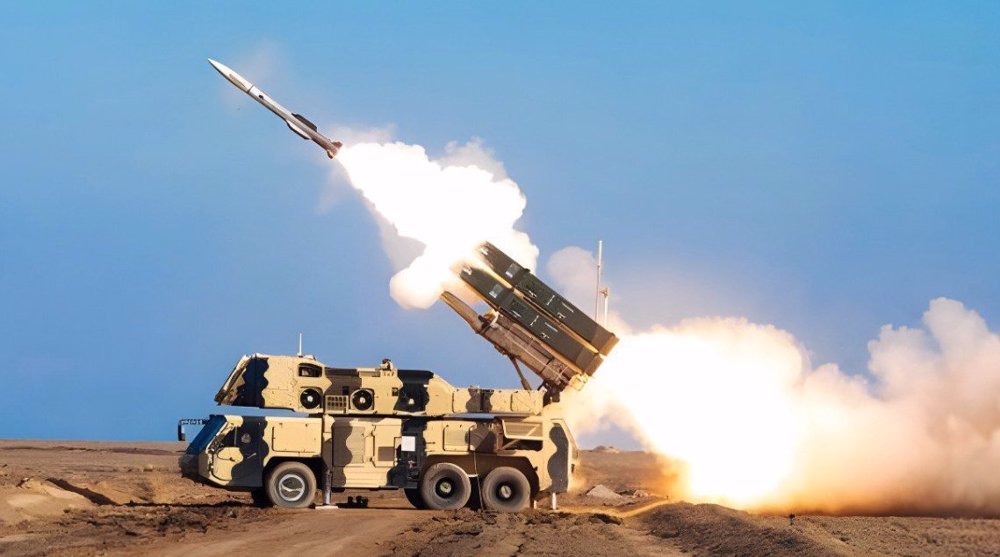
358 missile
The 358 missile is a one-of-a-kind loitering surface-to-air missile designed to target low- and medium-altitude threats such as helicopters, drones, and subsonic aircraft.
This innovative weapon blends features from traditional surface-to-air missiles (SAM), loitering munitions, cruise missiles, and man-portable air-defense systems (MANPADS).
Yet, it doesn’t fit squarely into any of these categories.
Loitering munitions generally refer to aerial weapons intended for ground targets, designed to loiter around a target until it is found, and are most often propeller-driven drones.
Unlike them, the 358 missile does not seek targets on the ground but in the air, capable of flying distances between 10 and 100 kilometers. It can be aimed directly at a target identified before launch.
Powered by a turbojet engine, it mimics the behavior of a cruise missile while being ground-launched using a solid-fuel booster mounted parallel to its frame, much like conventional rocket-propelled SAMs.
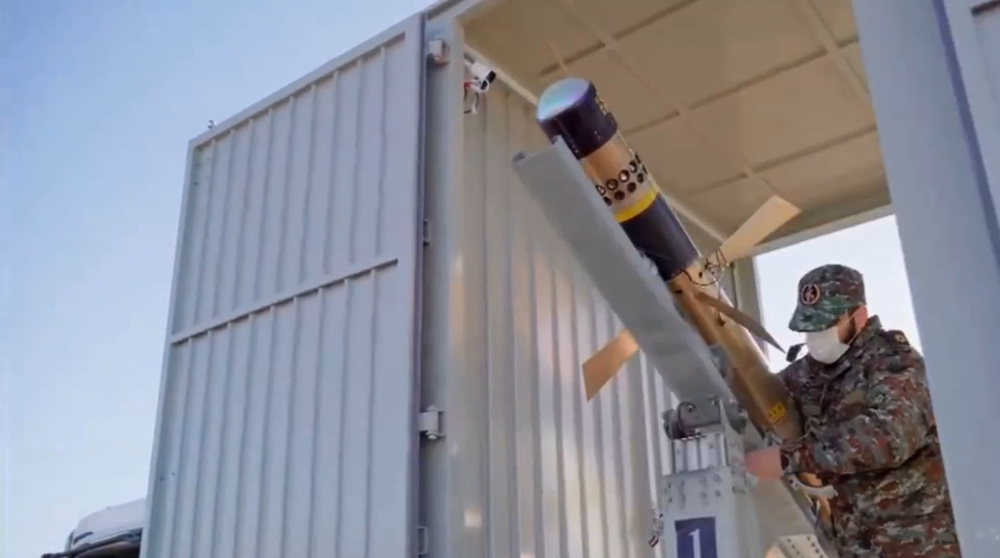
The missile employs a combination of inertial and satellite navigation for autonomous flight, with optional ground-based radio control. Its target detection and tracking rely on advanced electro-optical and infrared (EO/IR) sensors.
The 358 missile boasts exceptional agility, aided by its complex aerodynamic structure: four lifting wings along the tank section, four tapered swept tail fins, four small vortex-generating delta fins, and four movable reverse trapezoid steering fins near the warhead.
Equipped with a 10-kilogram high-explosive fragmentation (HEF) warhead, it can detonate either upon impact or via an optical or laser proximity fuse array.
Despite weighing about 50 kilograms and measuring 2.7 meters in length with a diameter of 152 mm, it surpasses typical MANPADS in size and range.
Similar to MANPADS, the 358 missile is easily portable, breaking down into three parts for rapid deployment. It requires no complex launch platforms, minimizing its visibility to enemy satellites and reconnaissance drones.
During the recent Eqtedar 1403 military exercises, it was launched from a military truck. However, its versatility allows it to be fired from a simple tripod, making its launch position nearly undetectable.

Due to its subsonic speed, micro-turbojet engine, and an antenna that emits a conspicuous hot trail and radiation, the 358 missile is an easier target for the latest air defense systems. However, its true strength lies in its unparalleled cost-effectiveness.
Each Iranian missile costs merely a few tens of thousands of dollars—roughly 1 percent of the price of the US Patriot system's PAC-3 interceptor and only 5 percent of the Israeli regime's much-hyped David's Sling system's Stunner interceptor.
Though the 358 missile has been visually recognized by the public since 2018, its name and technical specifications remained semi-secret until 2023. It was officially acknowledged during then-Russian Defense Minister Sergei Shoigu's visit to a military exhibition in Tehran.
Air defense systems
Based on released imagery, the Raad-2 medium-range air defense system played a key role in the exercises, supported by the complementary Sepehr-14 passive electro-optical system.
The Raad-2, operational since 2014, is an enhanced version of the Raad-1 system introduced two years earlier. It offers improved detection capabilities, extending its range from 50 to 80 kilometers and its altitude from 25 to 30 kilometers.
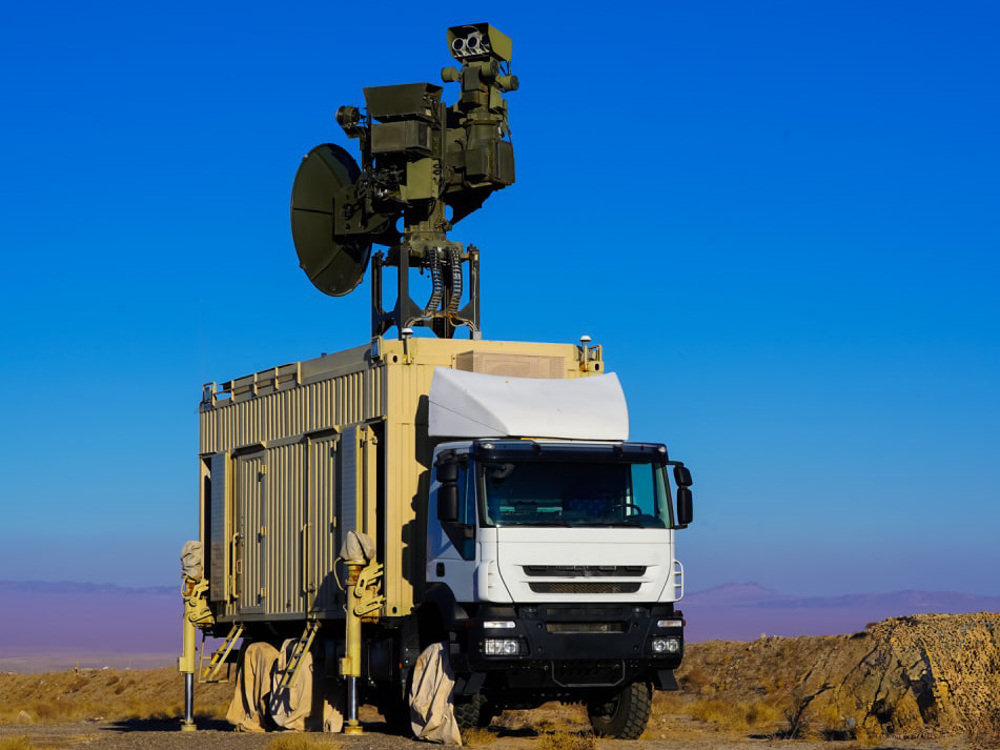
This Raad-2 system employs Taer-2A radar-guided solid-fueled surface-to-air missiles (SAM), which are advanced variants of the Taer-1 interceptors. Mounted three at a time on a transporter erector launcher (TEL), these missiles boast a 50-kilometer range.
Each missile is equipped with an 80-kilogram high-explosive fragmentation warhead, designed to neutralize various aerial threats—including aircraft, drones, and missiles—with impressive accuracy and reliability.
Two closely related air defense systems, Tabas and 3 Khordad, also participated in the recent three-day exercises held this week.
Both systems were first introduced in 2014, with Tabas specializing in low- and medium-flying targets, while 3 Khordad targets medium- and high-flying threats. Unlike Raad-2, these systems are mounted on a transporter erector launcher and radar (TELAR)—a vehicle equipped with a radar system.
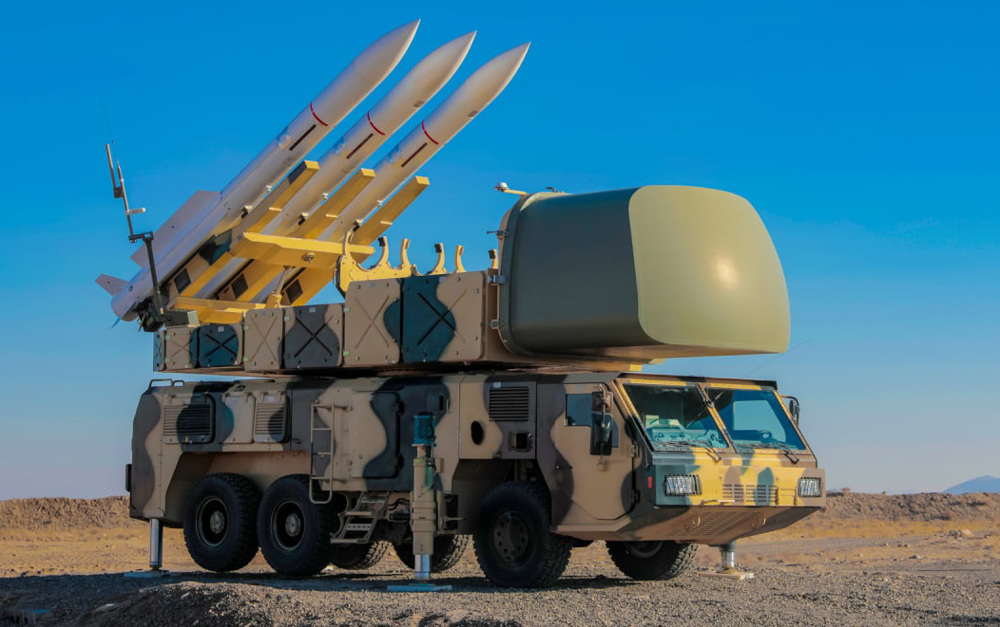
The military truck for all three systems is typically the Iranian adaptation of the Russian-Belarusian MZKT-6922 6x6 chassis, powered by a V8 diesel engine and capable of carrying up to 12 tons.
This truck usually accommodates three interceptors.
The Tabas system is distinguished by its front radar enclosure, which conceals a flat-panel antenna.
In contrast, the 3 Khordad system features an advanced X-band active phased array radar, ensuring a high level of precision and situational awareness.
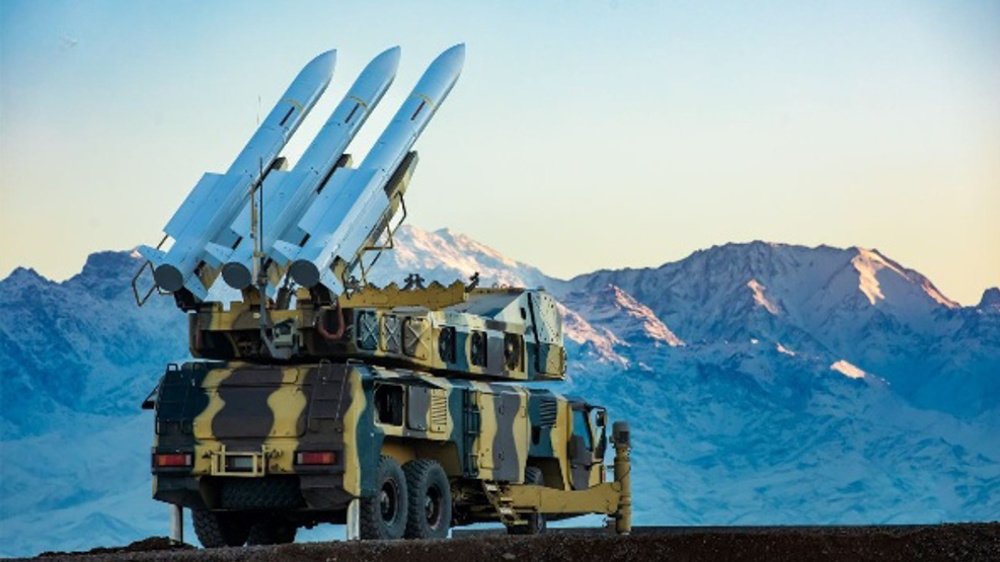
The first has a detection range of 60 km and the second of 200 km, and both individual TELARs can simultaneously detect and track 100 targets, as well as engage at least four at a time.
Also, both systems can be integrated with the Bashir 3D phased array radar capable of detecting a wide range of targets, including flying, cruise, and stealth targets, within a 350 km radius and at altitudes up to 30 km.
The Tabas system uses Taer-2A/2S interceptors with a maximum range of 75 km and an altitude of 27 km, and the 3 Khordad system uses Taer-2B and Sayyad-2 with a maximum range of 75-200 km and an altitude of 25-30 km.
Instead of three missiles of such models, the 3 Khordad's TELAR can also carry eight 9 Dey short-range missiles that can engage targets at ranges up to 70 km and altitudes of 25 km.
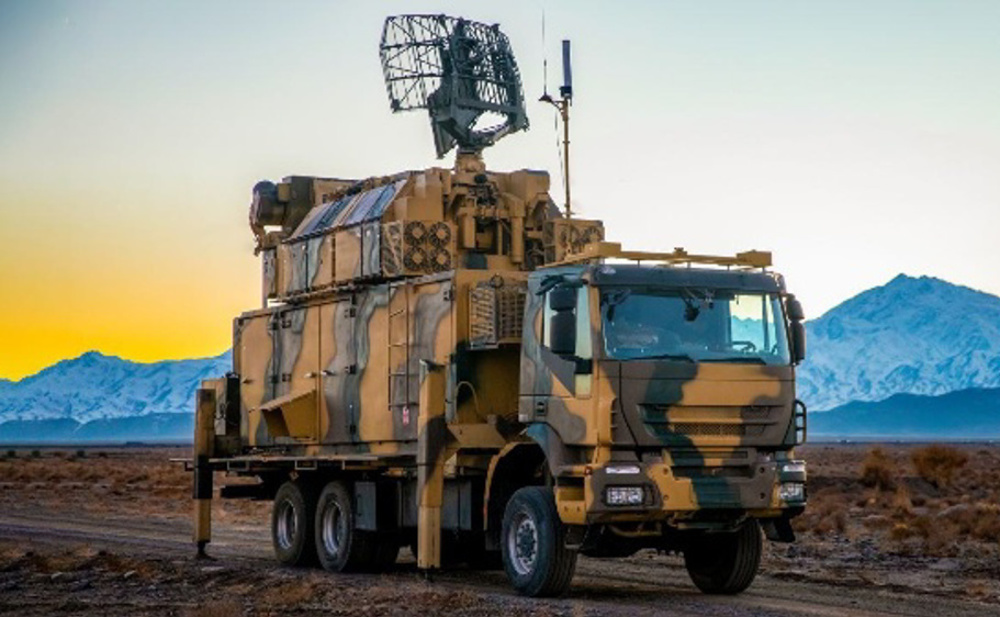
The military exercises also displayed the truck-mounted Dezful air defense system, similar to the Russian Tor M1 system, which has been in active military service since 2021.
Dezful is intended for low-flying targets such as cruise missiles and drones, and can detect 48, track 10 and engage two enemy targets.
Its detection range is 27 km, and interceptors with electro-optical and thermal guidance have a maximum range of 12 km and an altitude of 6 km.
Radar systems
The night footage showed the Matla-ol-Fajr-3 radar, the latest generation of three very high frequency (VHF) 3D early warning radars, first introduced in 2016.
It contains 40 Yagi antennas arranged in four rows, covers a range of 500 km, and has electronic counter-countermeasures (ECCM) to counter enemy jamming.
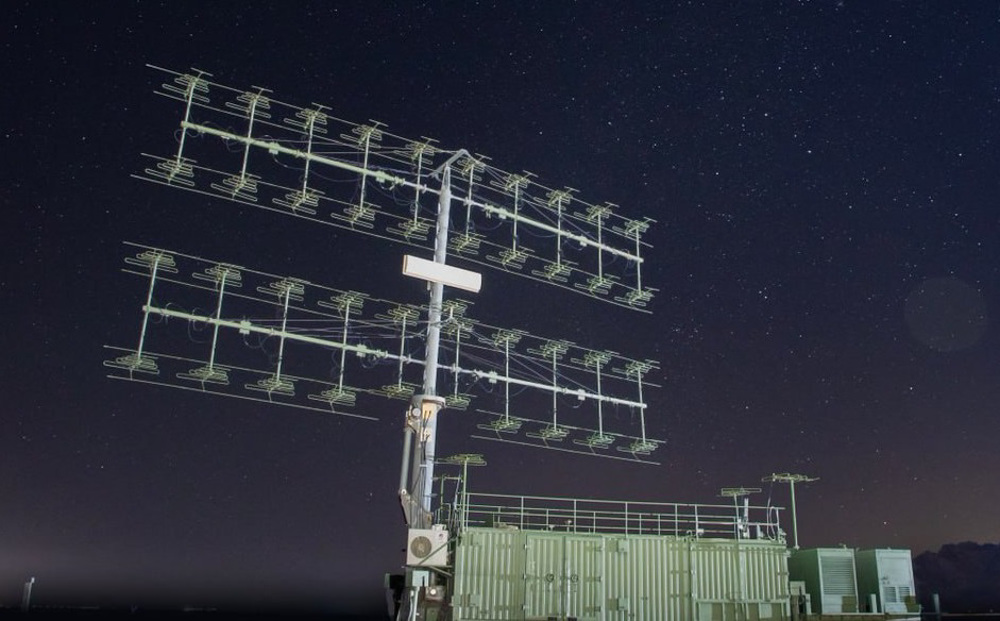
The oldest generation covered altitudes of up to 20 km and could simultaneously detect 100 targets, while the same capabilities of the latest generation are unknown, but certainly improved.
The advantages of Matla-ol-Fajr radars are the mobility of all components mounted on a trailer, compatibility with the integrated air defense network, the ability to work in all weather conditions, and ease of use and maintenance.
Furthermore, they use two separate channels that enhance radar performance stability and high reliability in monitoring targets, as one continues to work if the other goes down.
Photos of the daily exercises showed a previously unseen truck-mounted phased array radar, unmentioned in statements by military officials.
Therefore, it is not known whether this is a new radar system, or more likely, the previously mentioned radar that has not yet been publicly presented.
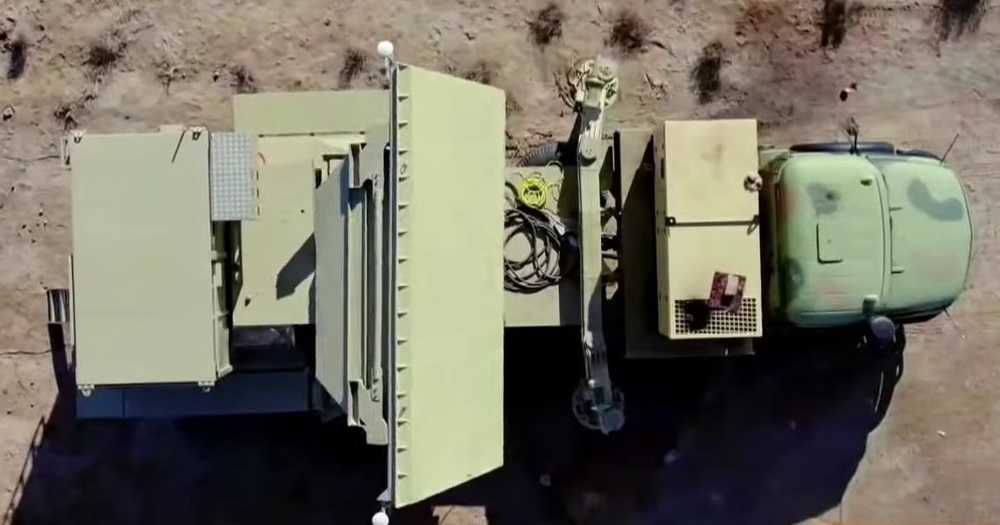
In the latter case, the most likely candidate is the Qamar radar that officials mentioned in late 2015, without showing images or detailed technical specifications.
Recent photos show that the unnamed radar is similar in subsystem configuration to the Hafez radar, but with a wider rotating array panel.
The Qamar 3D radar is known to have a range of 450 km and is manufactured by Shiraz Electronics Industries (SEI), as is the Hafez radar that was introduced a year earlier as a 250 km range 3D radar.
Both Qamar and Hafez radars are also known to be able to simultaneously detect over 100 targets. Apart from those two, SEI also produces similar Najm-802, Najm-802B, Najm-804 and Meraj-4 phased array radars.
Democrats, Republicans colluding to ‘kill’ Epstein files: CIA whistleblower
VIDEO | Press TV's news headlines
Russia intercepts 130 Ukrainian drones in overnight raid
Tehran summit: Afghanistan’s neighbors reject any foreign intervention
The centrality of Palestine: From Minnesota’s Somali youth to global anti-colonial struggles
US military aircraft nearly collides with civilian plane near Venezuela
Israel orders demolition of 25 residential buildings in West Bank refugee camp
VIDEO | Islamic Movement in Nigeria marks 10 years since Zaria massacre


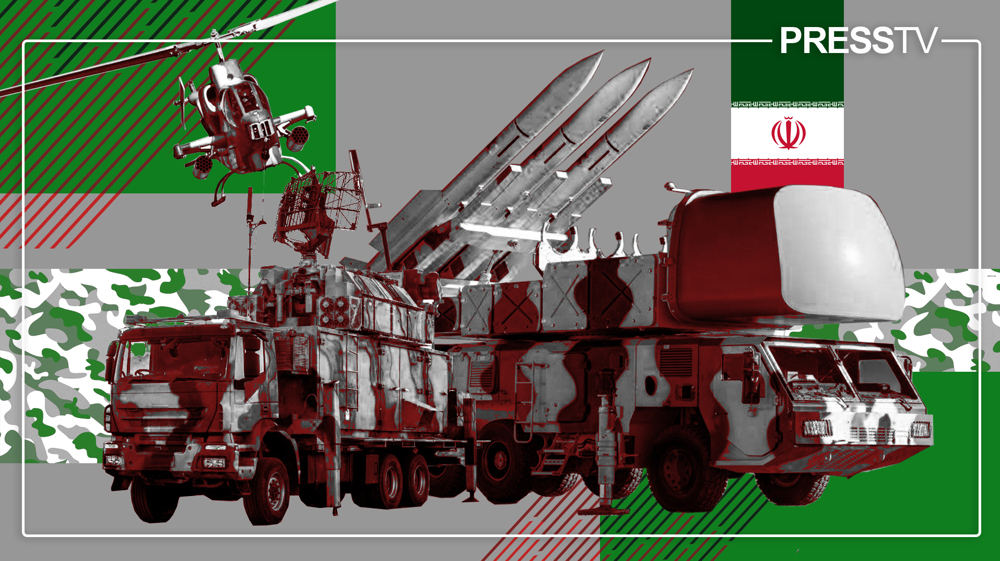







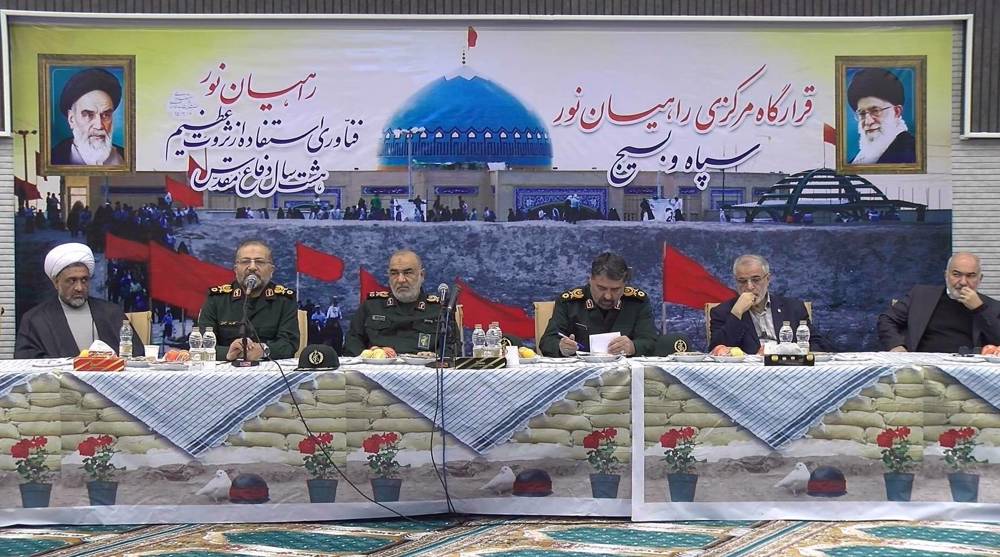
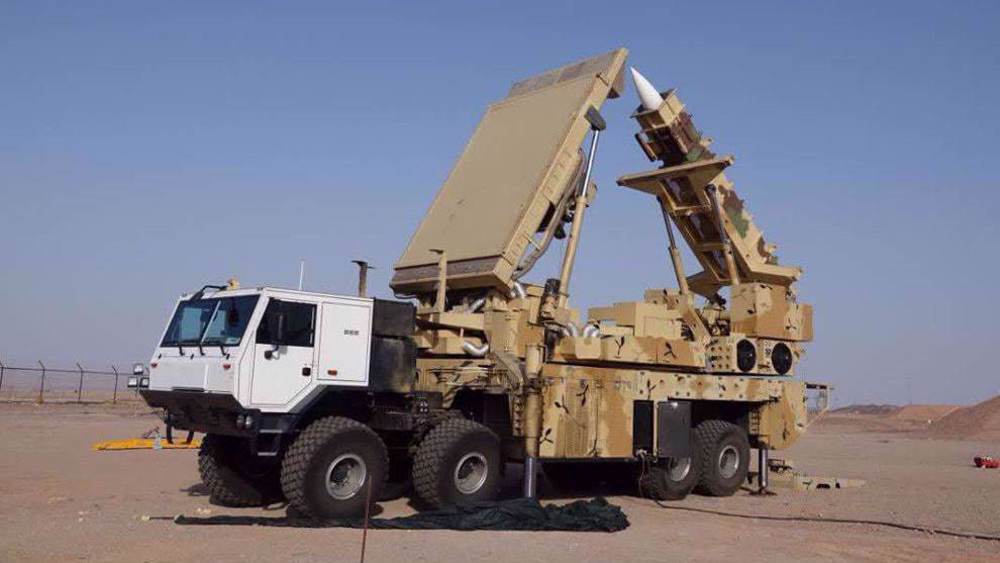

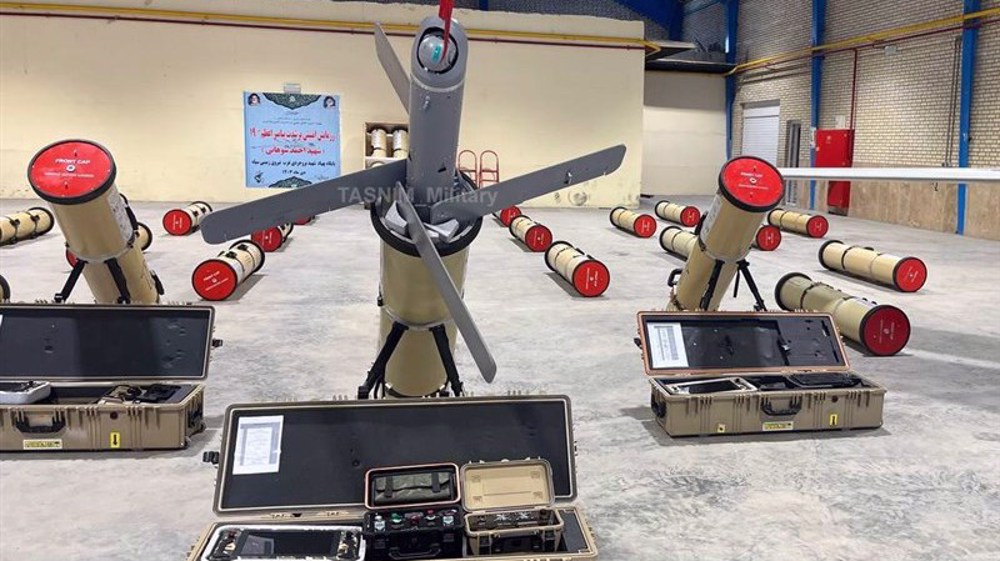

 This makes it easy to access the Press TV website
This makes it easy to access the Press TV website